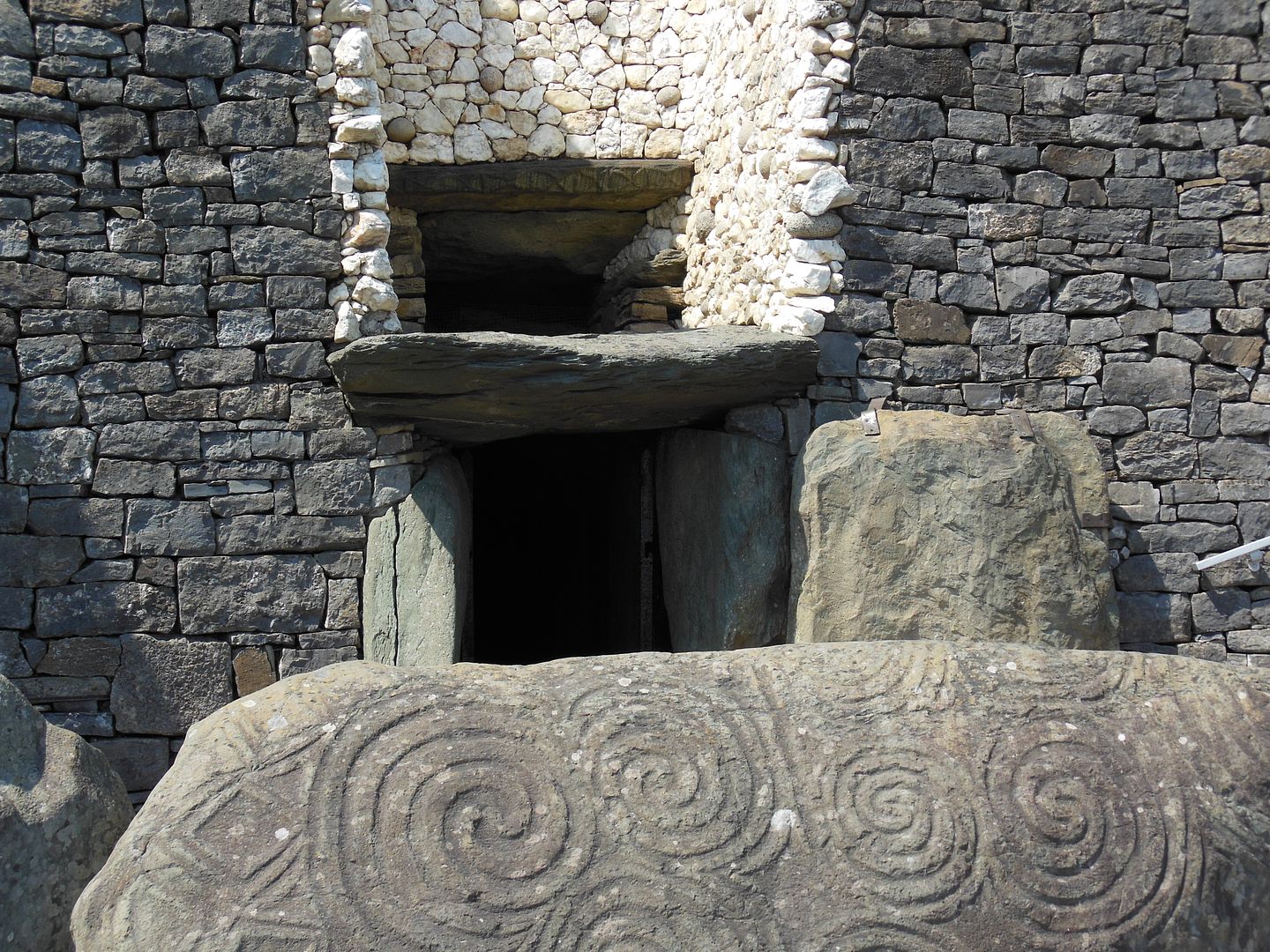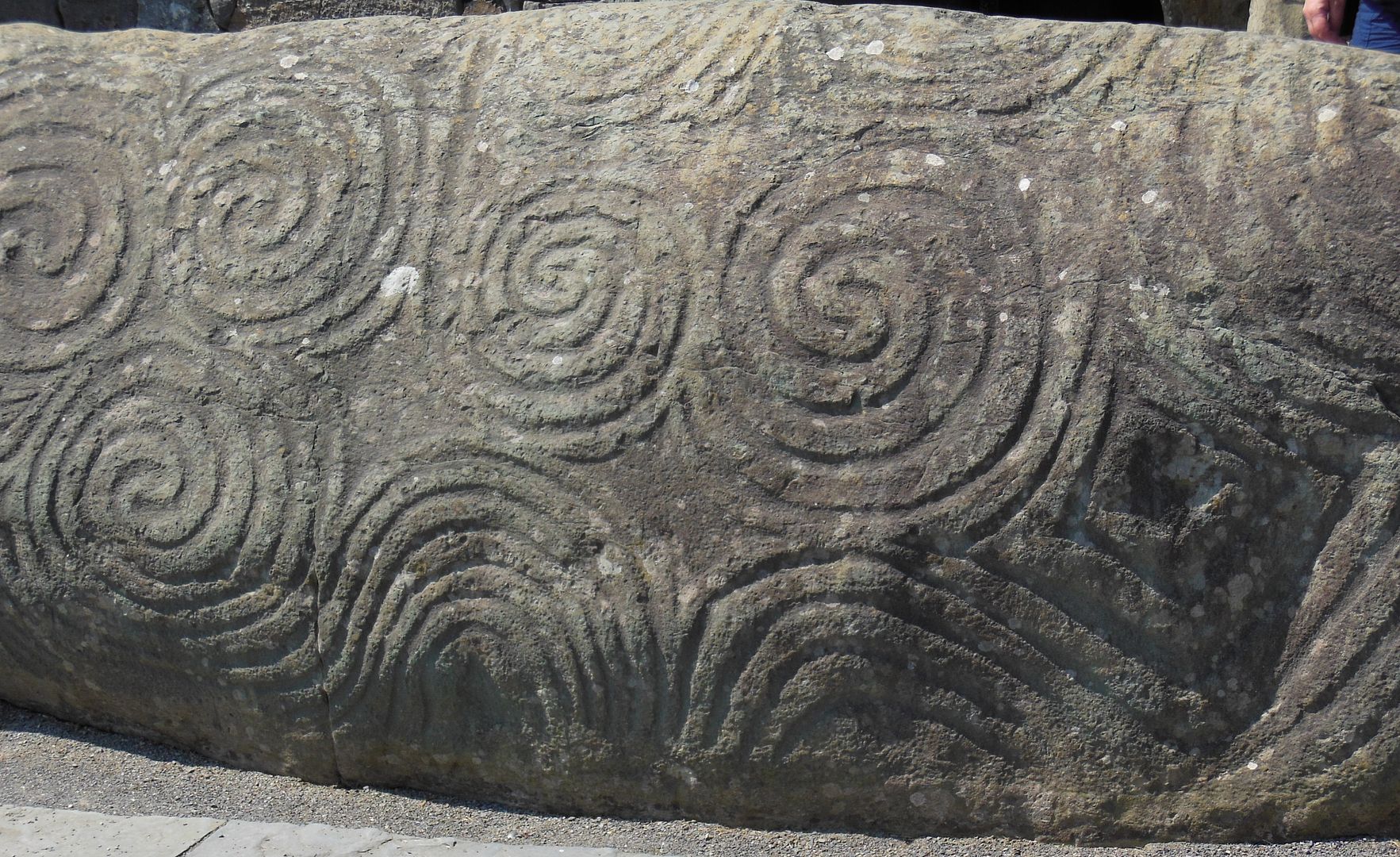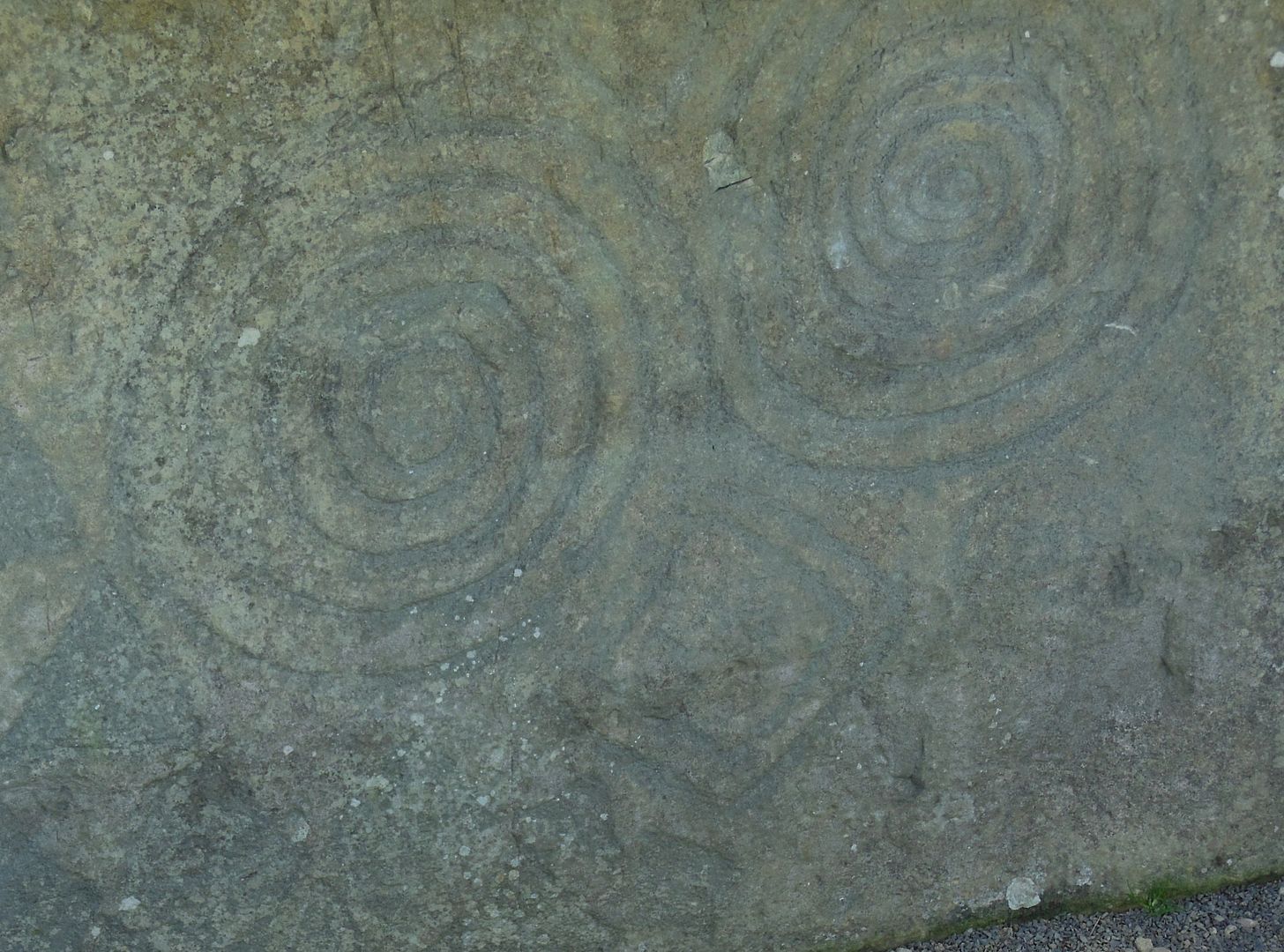Welcome to the Street Prophets Coffee Hour cleverly hidden at the intersection of religion and politics. This is an open thread where we can share our thoughts and comments about the day. Let’s start today by talking about the use of hallucinogenic substances.
Throughout the world, people have ceremonially used hallucinogenic substances to induce the trance state. In his book The Believing Brain: From Ghosts and Gods to Politics and Conspiracies—How We Construct Beliefs and Reinforce Them as Truths, Michael Shermer reports:
“In addition to localized neural networks, hallucinogenic drugs have been documented to trigger preternatural experiences, such as the sense of floating and flying stimulated by atropine and other belladonna alkaloids. These can be found in mandrake and jimsonweed and were used by European witches and American Indian shamans, probably for this very purpose.”
Among Native Americans, there was a traditional emphasis on the personal vision. As the United States suppressed traditional Indian religions and required that Indians convert to Christianity, the Native American Church arose in the late nineteenth century as a pan-Indian religious movement. It incorporates many Christian elements as well as Indian elements. As a sacrament, the Church uses peyote, a small cactus which grows in Texas and Mexico. Peyote contains numerous alkaloids, including mescaline. During an all-night ceremony which includes drumming and singing, the participants ingest peyote and then experience intense visions.
Use of hallucinogenic plants seems to have a long history. In Turpan in northwest China, archaeologists uncovered a grave from the first millennium BCE in which the body of a 35-year-old man was wrapped in Cannabis shroud. The archaeologists feel that these plants were used for their psychoactive properties.
The ceremonial tomb of Newgrange in Ireland, which was constructed between 3,370 BCE and 2,920 BCE, also appears to show evidence of ceremonial use of hallucinogenic substances.



The entrance stone to the tomb is carved with a triple spiral. This has suggested to some people that the people who carved the stone were influenced by visions which may have been induced by using hallucinogenic substances. Archaeologists Geraldine Stout and Matthew Stout in their book Newgrange, write:
“Some suggest that the people who decorated the passage tomb at Newgrange drew on the imagery of ritualized altered states of consciousness.”
Geraldine Stout and Matthew Stout also report:
“One experiment with hallucinogens produced a pen-and-ink drawing that combined spirals and lozenges uncannily similar to those on the entrance stone.”
In Ireland’s Boyne River Valley, the Neolithic sites of Knowth and Newgrange have more than 200 examples of swirling and geometric designs pecked into rock.
Open Thread
This is an open thread—all topics are welcome. You don’t need hallucinogenic substances to write a comment.